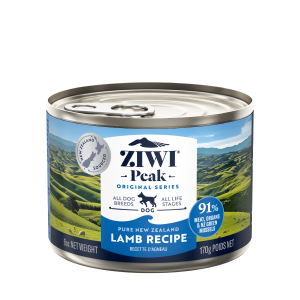Key Elements Of A Solid Restaurant Business Plan
2 min read
Creating a solid restaurant business plan is vital for the success and sustainability of any dining establishment. Whether you’re a seasoned restaurateur or a first-time owner, a well-structured business plan provides a roadmap to guide your venture. Consulting with restaurant business plan consultants Dubai can significantly improve the quality and feasibility of your plan. Here are the key elements to include:
Executive summary:
The executive summary provides a concise overview of the entire business plan. It includes the restaurant concept, target market, unique selling proposition (USP), key objectives, and a summary of financial projections. This section should capture the reader’s attention and highlight why the restaurant concept is viable and worth investing in.
Business description and concept:
Describe the restaurant’s concept in detail, including the cuisine type, style of service (casual dining, fine dining, fast-casual, etc.), ambiance, location, and target demographic. Define your USP—what sets your restaurant apart from competitors—and explain how the concept meets the needs and preferences of your target market.
Market analysis:
Conduct a thorough analysis of the market and industry trends. Identify your target market demographics, dining habits, preferences, and spending patterns. Evaluate local competition, including direct competitors (similar cuisine type) and indirect competitors (other dining options). Assess market opportunities, challenges, and how your restaurant will capitalize on market trends.
Marketing and sales strategy:
Outline your marketing plan to attract customers and generate sales. Define your brand positioning, pricing strategy, promotional tactics, and advertising channels (social media, local publications, etc.). Detail how you will utilize digital marketing, social media engagement, community outreach, and partnerships to increase visibility and build customer loyalty.
Operations plan:
Detail the operational aspects of your restaurant, including hours of operation, seating capacity, kitchen layout, staffing requirements (chefs, servers, support staff), and supplier relationships. Outline standard operating procedures (SOPs) for food preparation, quality control, inventory management, and customer service to ensure consistency and efficiency.
Management team and ownership structure:
Introduce the key members of your management team, including their roles, qualifications, and relevant experience in the restaurant industry. Outline the ownership structure, including stakeholders and their responsibilities. Highlight any advisory board members or external consultants contributing to the restaurant’s success.



